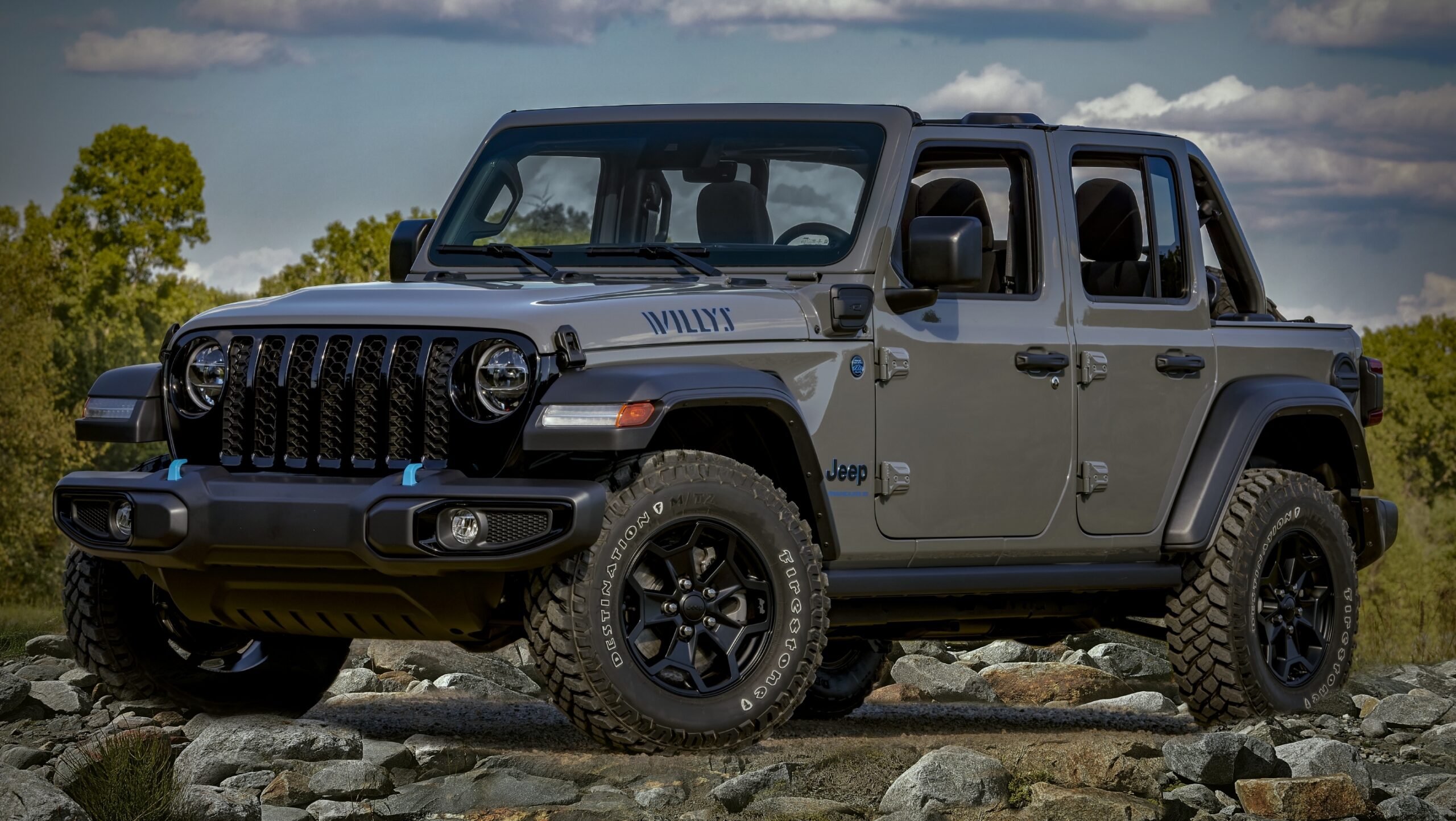When one thinks of the iconic Jeep, several vivid images may spring to mind: rugged terrains, sandy beaches, and the adventurous spirit that embodies the very soul of the American landscape. Often, automobile enthusiasts and casual consumers alike might ponder a pivotal question: “Is Jeep made in America?” This inquiry invites a deeper exploration into the roots of the brand, the evolution of its manufacturing, and the reality of its global footprint.
The Jeep brand, established during World War II, initially created a vehicle that became synonymous with the military’s demands. Known for its durability and versatility, the Jeep quickly transcended its utilitarian origins to capture the imagination of civilians seeking adventure. Today, this legacy remains, but the narrative of where these beloved vehicles are manufactured has taken some intriguing twists.
At the heart of the Jeep manufacturing story lies the Jeep Wrangler, a paragon of off-road capability and style. Traditionally, Wranglers rolled off the production line in the United States, specifically in Toledo, Ohio. This facility is steeped in history and dedicated to crafting vehicles that can withstand the rigors of both city life and off-road escapades. However, the question remains: to what extent does the Jeep lineage still embody an “American-made” identity?
In the past few decades, Jeep has expanded its production facilities beyond American soil, with plants now operating in countries such as Italy, Brazil, and China. This globalization begs the inquiry of how much of the Jeep remains American, despite its undeniable international production reach. The answer, in essence, is multifaceted and warrants a closer look at various production aspects.
Firstly, one must consider the Chevy to the Jeep. It’s essential to recognize that several components of Jeep vehicles are sourced globally, from engines to electronic systems. Globalization in the automotive industry means that even beloved American brands can contain parts manufactured in different continents. Consequently, the label “Made in America” isn’t solely about the geographical location of the factory but also the sourcing and assembly of different parts.
Moreover, the Jeep brand is part of Stellantis, a global automotive company formed through a merger between Fiat Chrysler Automobiles and the PSA Group. This partnership has allowed Jeep to expand its market reach while offering a diverse production strategy. As such, the traditional perception of an American automobile is now blurred with the lines of global collaboration. Perceptions about where “American” begins and ends are shifting, with a new nuance emerging around the term.
However, it is vital to address the significance of Mexican and Canadian manufacturing. While adding layers to the mix concerning labor standards, skill levels, and economic implications, the choice to implement some manufacturing processes in North America can still signify a commitment to North American production. For instance, certain models, such as the Jeep Cherokee, are assembled in Belvidere, Illinois, while others may see assembly in plants located in Mexico.
Despite this intricate manufacturing narrative, there remains a solid focus on the American ideals that have embedded themselves into the very fabric of the Jeep brand. From the nostalgic representation in popular culture to the brand’s active connection with the outdoor community, Jeep sustains a unique relationship with its roots. Many consumers pride themselves in supporting a brand that, at its core, embraces the pioneering spirit of adventure and ruggedness.
In the era of “Buy American,” consumers are increasingly conscientious about supporting domestic products. For Jeep lovers, this creates a paradox: balancing their admiration for a classic American brand while grappling with the current reality of globalization. Various organizations offer increased transparency regarding the percentage of components made in America and where they are ultimately assembled. These insights allow consumers to make more informed purchasing decisions, so they can align their values with their spending.
Interestingly, Jeep’s commitment to sustainability has also invigorated its manufacturing process. The company has invested in eco-friendly initiatives to reduce waste and carbon footprints. While this endeavor might not solely pertain to its American operations, it does highlight an evolving strategy that aligns with modern consumers’ values. Thus, while contemplating Jeep’s American identity, it’s essential to view it through the lens of innovation and sustainability, both of which are increasingly vital in today’s manufacturing landscape.
To conclude, the question of whether Jeep is made in America is layered with complexity and evolving perspectives. Beyond the simple answer lies a narrative that intertwines history, international collaboration, and contemporary values. As manufacturers navigate the challenges and opportunities of a globalized market, they often carry along the essence of their heritage, even as production expands abroad.
The Jeep brand continues to foster the adventurous spirit of its origins while adapting to the minutiae of modern manufacturing. It thrives in a space where perceptions of “American-made” are ever-changing, yet the essence of exploration and ruggedness remains intact. For those contemplating a visit to the trails or the asphalt, the question may not just be about where the Jeep is made but what it represents—the freedom of the open road, the thrill of adventure, and an enduring connection to American ingenuity.
